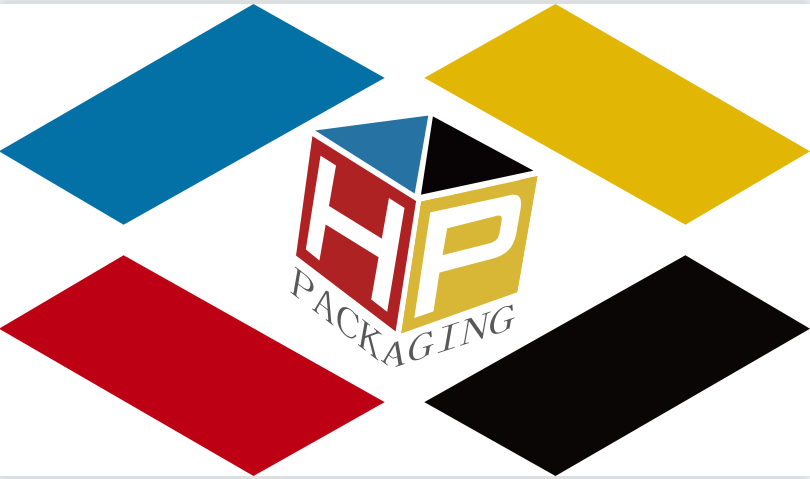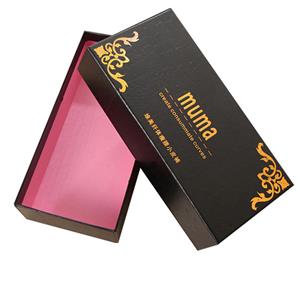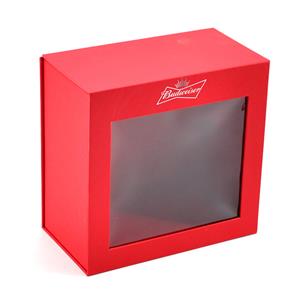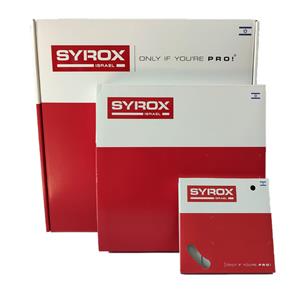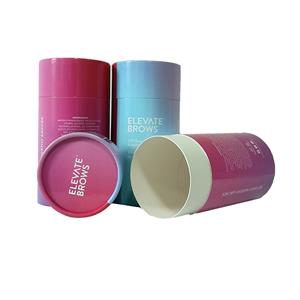Do you know what you need to pay attention to when printing ?
Do you know what you need to pay attention to when printing ?
First, the intensity of light
The intensity of light directly affects the judgment of the color of printing proofs. The intensity of light not only affects the brightness and shade of the color, but also changes the appearance of the color.
When we look at a illuminated cylinder, the side facing the light is bright and the side facing the light is dark. The junction of light and shade is the middle tone.
Note for printing sample the intensity of light
The same object, under the standard light source is a positive color, if the light gradually becomes stronger, its hue will also change to a bright hue, light enhancement to a certain extent, any color can become white. The reflection spot of black porcelain is also white, because the reflection spot is concentrated and strongly reflected.
In the same way, light gradually decreases, a variety of colors to lower brightness hue change, light weakened to a certain extent, any color will become black, because the object does not reflect any light is black.
The reading table of the printing workshop must meet the requirements. The general requirement is that the illumination reaches about 100lx in order to correctly identify the color.
Different colors of light
There are differences between color light and sunlight. In production practice, most work under the irradiation of the power source, and each light source has a certain color.
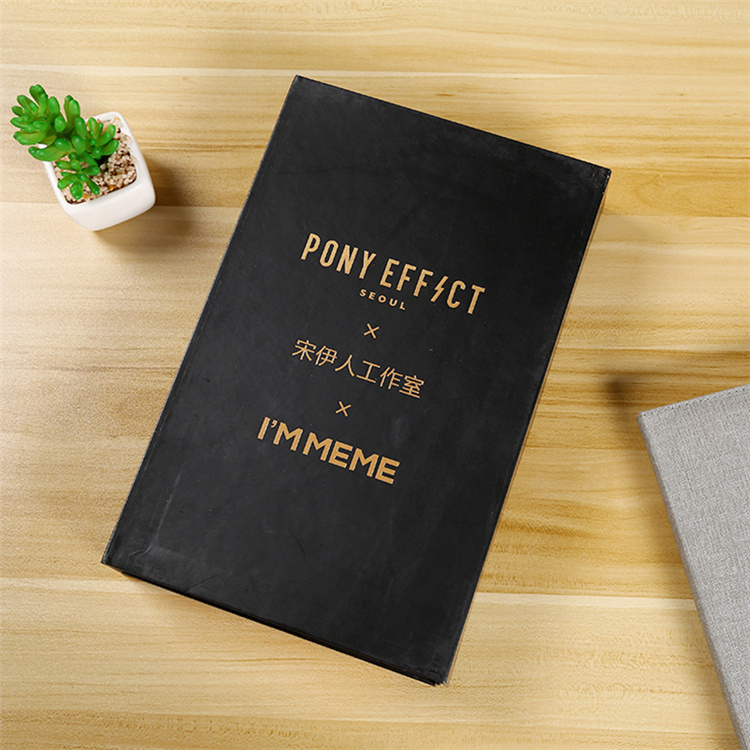
This brings certain difficulties to the correct judgment of the color of the manuscript or product. When viewing the color under the color light, the color change is generally the same color becomes lighter and the complementary color becomes darker.
For example:
In red light, red becomes light, yellow becomes orange, green becomes dark, green becomes dark, white becomes red.
Under green light, green becomes lighter, green becomes lighter, yellow becomes green yellow, red becomes black, white becomes green.
In yellow light, yellow turns light, magenta turns red, cyan turns green, blue turns black, and white turns yellow.
Under blue light, blue becomes lighter, green becomes lighter, yellow becomes black, and white becomes blue.
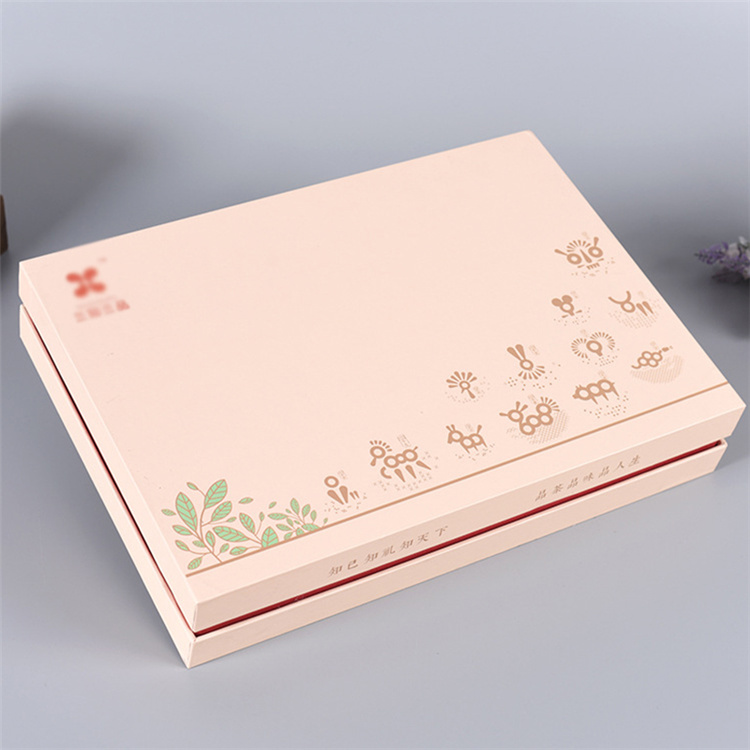
In the printing shop, the fluorescent lamp with high color temperature (3500~4100k) and better color rendering coefficient is generally selected as the sample light source, but it should be noted that the fluorescent lamp is slightly bluish-purple.
Note the color change of printing plate
Sequential color contrast
First look at the proof and print and print and look at the proof, the result will be slightly different, two times to see a color feeling is not the same.
This phenomenon is called sequential color contrast reaction.
Why does the sequential color contrast reaction occur? This is because the first color makes the color nerve fibers excited, and then look at other colors immediately, other color nerves excited quickly to cause color perception, and the first color nerve is in a state of inhibition after excitement, and then excited slowly, causing a negative color response.
This reaction is combined with the hue of the new color to form the new color, so you change the color. And the change of hue is still regular, is to see the first color of the complementary color changes.
To understand the above three aspects of the problem and master their change law, we should pay attention to the actual sample, so as to ensure the stability and improvement of the quality of printed products.
The eye focuses first on the color, then on the trend of color change
Red yellow green blue purple white
Red earth red green flavor yellow fresh green blue micro green
Yellow purple flavor red gray yellow green fresh blue violet microviolet
Green bright red orange gray green purple purple magenta
Blue orange golden yellow green gray blue red purple light orange
Purple orange lemon yellow yellow green cyan blue gray purple green yellow
Printed matter is divided into monochrome printing and color printing. Monochrome printing is a type of printing limited to one color. Color printing can print full color pictures. Color printing mostly adopts color separation plate to reflect a variety of colors. Color separation plate is composed of red (M), yellow (Y), blue (C) and black (K) four-color network cable plate.
According to the principle of color separation, the chromatographic dot fraction of CMYK can be marked directly with text. When special colours are required, special colours other than these four colours are used to set up a spot colour plate. Spot color plate color identification can be specified in the chromatographic hue, special debugging.
